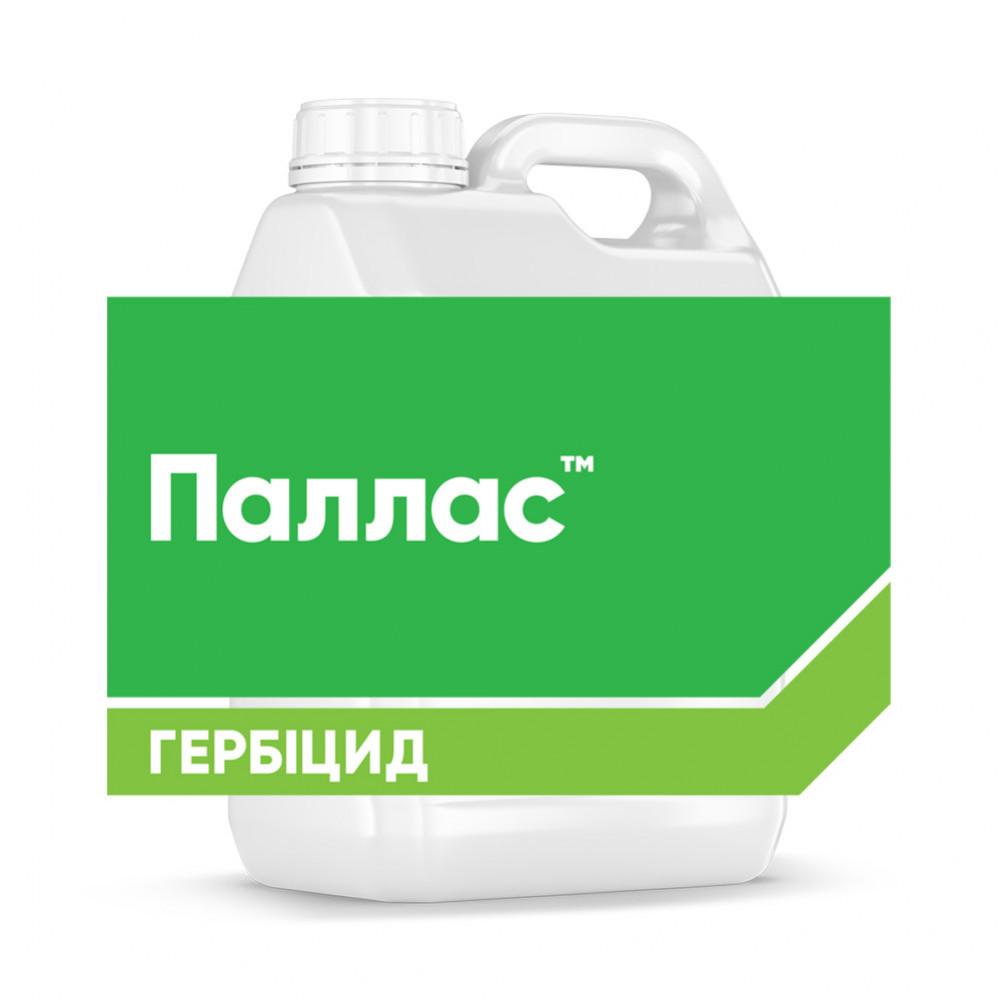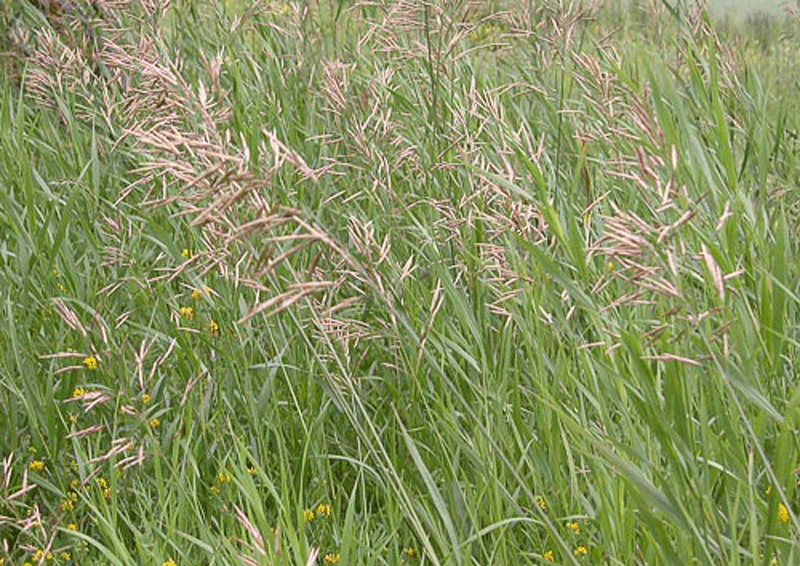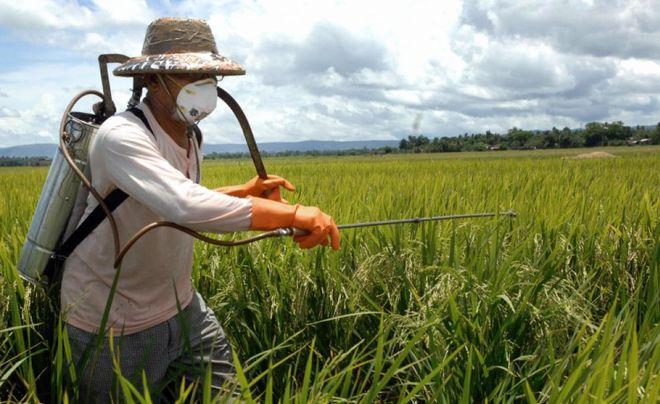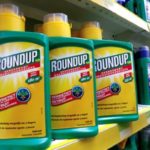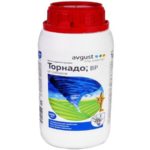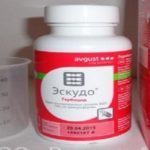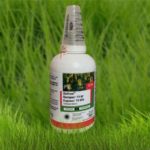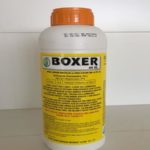Weeds are one of the main enemies of cultivated plants. As weeds grow, they take nutrients from the soil, thereby depriving field and garden crops. In addition, they shade crops, depriving them of the required amount of sunlight, and can become carriers of diseases. An innovative herbicide, Pallas, will come to the aid of an agronomist who does not want to tolerate the presence of weeds on his plot.
Composition, release form and purpose
Pallas is an innovative herbicide produced in the form of an oil dispersion. Its function is the destruction of weeds that have “burrowed” into the crops of grain crops (spring or winter wheat). Designed to control overgrowing weeds during the spring and autumn growing season.
Effective in controlling the following types of weeds:
- common broom;
- ragwort;
- rapeseed carrion;
- knotweed;
- cleavers;
- chickweed average;
- shepherd's purse;
- knotweed;
- chamomile;
- common groundsel;
- clover;
- purpurea and others.
How Pallas herbicide works
The basic substance of the herbicide is pyroxulam. This component inhibits acetolactate synthase (an enzyme) that disrupts the synthesis of amino acids in the weed. The drug penetrates the weed, transported along the leaves or roots, and as a result inhibits the growth and development of weeds.
Advantages and disadvantages
Pallas is highly effective in killing weeds, and therefore is very popular among farmers.
Advantages of the herbicide:
- Highly effective in the fight against annual and some varieties of perennial weeds.
- No aftereffect. The drug is safe for subsequent crops in crop rotation.
- High technology. The herbicide can be used in spring or autumn, at the very beginning of crop development (from the moment the first leaves form).
- High consistency. Weeds stop growing immediately after the herbicide penetrates the plant tissue.
- Activity at various temperatures - from 8 to 25 degrees.
The drug has not so many disadvantages compared to its advantages. One of the disadvantages is toxicity to humans and the need to use personal protective equipment when spraying the herbicide.
Rules for preparing the working solution
Technology for using Pallas herbicide:
- The drug is thoroughly mixed directly in the package.
- The sprayer tank is filled one third with water.
- Pour the required amount of the drug into the water (see instructions), which is required for one refill of the sprayer.
- If necessary, add water to the container to the required volume.
- The mixture is thoroughly mixed.
- After using the solution, rinse the empty container thoroughly with water several times.
The recommended ambient temperature for using the herbicide is 8-25 degrees.
Consumption rate and instructions for use
When distributing the herbicide, the following consumption rates are taken into account:
- For winter crops. 0.4 g of herbicide is distributed per 1 hectare. The object of destruction is some dicotyledonous weeds and common broom. Crops are sprayed in the fall, in the early stages of development of both field crops and weeds.
- For spring crops. 0.4-0.5 g of herbicide is distributed per 1 hectare. The objects of destruction are wild oats and common broom. Crops are sprayed in the spring before the crops emerge, during the early phases of weed development.
Toxicity of the product
Pallas is considered non-toxic to birds, mammals, fish, and bees. But it is destructive to algae. As for the effect on cultivated plants, the product does not have a negative effect on their growth and development.
A person working with the herbicide should take precautions and take care to protect the skin, respiratory system and mucous membranes.
If signs of illness are detected as a result of Pallas poisoning, the victim is taken out of the contaminated object, freed from tight clothing and doctors are called.If the drug gets on the skin, you should carefully, trying not to rub it, remove the remaining product with a piece of cloth or cotton wool. The contaminated area is washed with soapy water. If the drug gets into the eyes, the organs of vision are immediately washed with running water (the eyelids should be open).
If the herbicide is swallowed, rinse the mouth with water. The victim should drink several glasses of water with activated carbon (1 tablet per kilogram of body weight). By irritating the back wall of the throat, you need to provoke vomiting. This procedure is repeated several times. After such manipulations, the victim should drink a glass of water with activated carbon (in the same proportions) and immediately receive medical help.
Attention! There is no specific antidote for Pallas. Treatment of poisoning should be symptomatic.
Compatibility with other substances
The drug is compatible with many herbicides, insecticides, and nitrogen fertilizers (liquid). Pallas also combines with adhesives and adjuvants. Thanks to this combination, Pallas's dependence on weather conditions is reduced, and its effectiveness against moderately sensitive weed species is increased. The product should not be mixed with organophosphate insecticides and crop growth regulators. Such a combination can damage the plant.
Advice. In each specific case, you should first check the drugs for compatibility. If the mixture is prepared in a tank, direct mixing of herbicides without first diluting them with water should be avoided.
Terms and conditions of storage
Pallas should be stored in a dry, ventilated place and always in undamaged original packaging. It is better to allocate a separate room for storage.The storage temperature should not fall below -10 degrees and rise above +40 degrees. The drug is explosion and fireproof and can be stored for 2 years.
Analogues of the product
According to the manufacturer, Pallas has no analogues. As an alternative means, you can use herbicides for field crops: Dialen Super, Pointer, Marathon and others. But they are significantly inferior to Pallas in efficiency.

